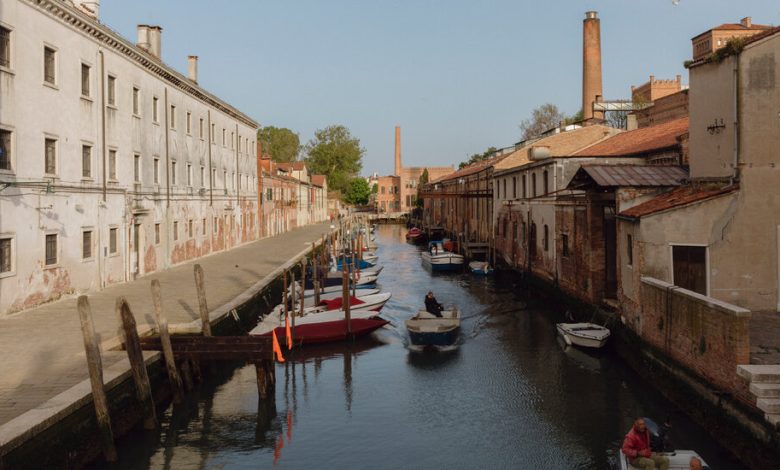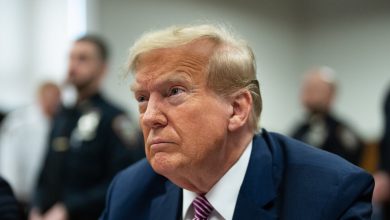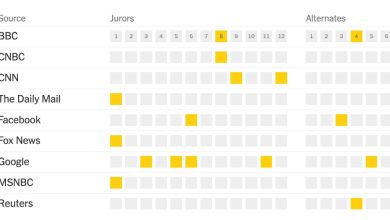The Vatican Transforms a Prison Into a Gallery

An early version of “Dovecote,” a short, nearly wordless film directed by Marco Perego for exhibition at the Biennale, has a scene that tracks a man in uniform as he drives a motorboat through a morning in Venice. The city is showing off its glories, with palazzos and domed churches reflected in the canals, a blue sky above. The film shifts to black and white as the action moves inside a building less adorned than the ones the man has boated past, but grand, even so. It’s his workplace, the Giudecca women’s prison.
Perego said in a telephone interview that he wanted to contrast “the beauty of Venice, one of the most beautiful places in the world, then this silent place inside.” He added, “I wanted to ask the question of what freedom means.”
Once inside the prison, the film focuses on an unnamed character played by Perego’s wife, the actor Zoe Saldaña, who is to be released that day. Her companions are played by 20 actual prisoners.
During the Biennale, the film will be exhibited in the prison’s visitation room, as part of the Vatican Pavilion, which is being hosted throughout the building. The show will also feature work in various media by nine other artists, shown in spaces including the prison’s courtyards, chapel and cafeteria.
The Holy See first participated in the Biennale in 2013, but this is its first year showing at the prison. Pope Francis is expected to become the first pope to visit the Biennale, touching down by helicopter in the prison courtyard on April 28 before heading to the Piazza San Marco to celebrate Mass, according to Cardinal José Tolentino de Mendonça, the prefect who leads the Vatican’s department of culture and education.




